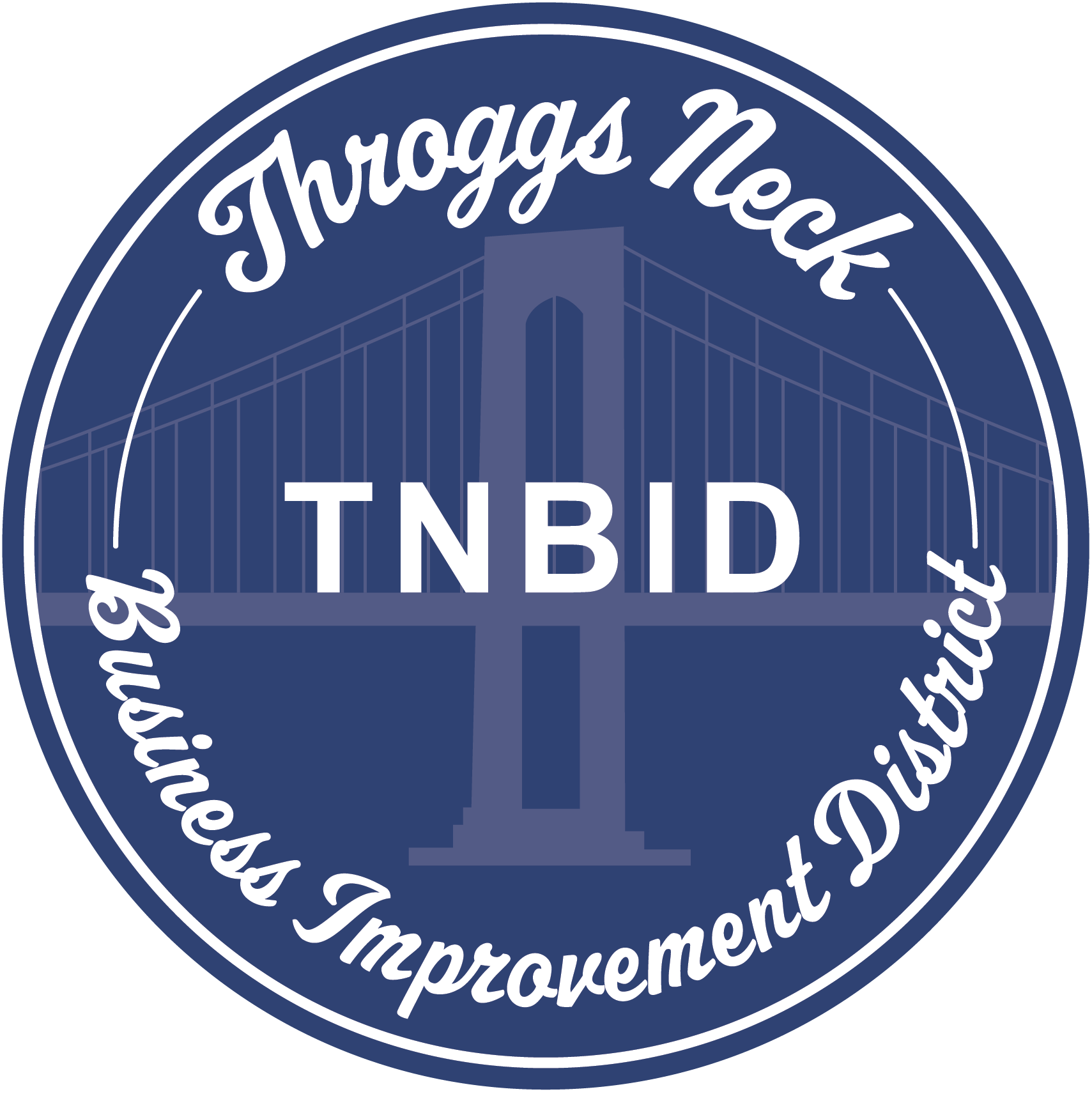FROM NYC’S SBS: New York City created the Open Restaurants Program with the goal of helping businesses safely reopen by providing them the opportunity to use outdoor space to support their operations. We were able to quickly implement a program that has proven popular in the hospitality industry with more than 6,000 businesses participating so far. While we are proud of this effort we must also fulfill our duty to protect public safety on the streets. As such, on Sunday, June 28, DOT will begin enforcing the guidelines of the New York City Open Restaurants Program, focusing on roadway seating areas and ensuring they are complying with the safety requirements of the program. DOT will immediately suspend the Open Restaurants authorization for Any establishment found to be out of compliance and such establishments must cease operations in the roadway area. In these cases, all furniture and materials must be removed from the roadway and the space cannot be used again until the establishment is able to achieve full compliance to DOT’s satisfaction.
The New York City Open Restaurants Program has been in place since Monday, June 22, with updated safety guidelines issued to applicants on Wednesday, June 24. Those guidelines are included below, along with the attached brochure similarly explaining the requirements. As a reminder, the safety of diners, restaurant employees, and other street users is paramount. Restaurant owners must IMMEDIATELY comply with the following requirements for roadway seating, including the new retro-reflectivity requirement and other clarifications, OR FACE REVOCATION OF PERMISSION TO PARTICIPATE IN THE PROGRAM.
Restaurant owners must:
- Create a protective barrier, such as planters or objects of similar size and weight, on all three sides of the seating perimeter that are in the roadway, to separate seating from the travel lane. Such barriers must be at least 18″ in width and 30-36″ in height (excluding plantings) on all three sides that are in the roadway, to preserve visibility for motorists and provide protection for patrons (see Siting Criteria diagram)
- Place such barriers no more than 8′ from the curb (see Siting Criteria diagram)
- Ensure visibility of patrons and barriers at night by clearly marking all barriers with yellow high intensity retro-reflective tape or reflectors (see Siting Criteria diagram)
- Provide a ramp for ADA compliance, which can be made of non-permanent materials
- Not place seating or barriers within 15′ of a fire hydrant. Doing so jeopardizes fire safety for your fellow New Yorkers.
- Not place seating or barriers within 8′ of a crosswalk, to provide for safe vehicle turns and avoid crowding.
- Not provide any lighting that is blinding to passing traffic
- Not place seating within a No Stopping Anytime or No Standing Anytime zone, bike lane, bus lane/stop, taxi stand, or Car Share space
[Exception: For part-time No Stopping or No Standing zones, seating may be placed when those rules are not in effect. Barriers and seating must be removed from the roadway when No Stopping or No Standing is in effect.] - Only utilize umbrellas with a weighted base and such umbrellas may not extend past the barrier or obstruct access to or ventilation of utility covers

